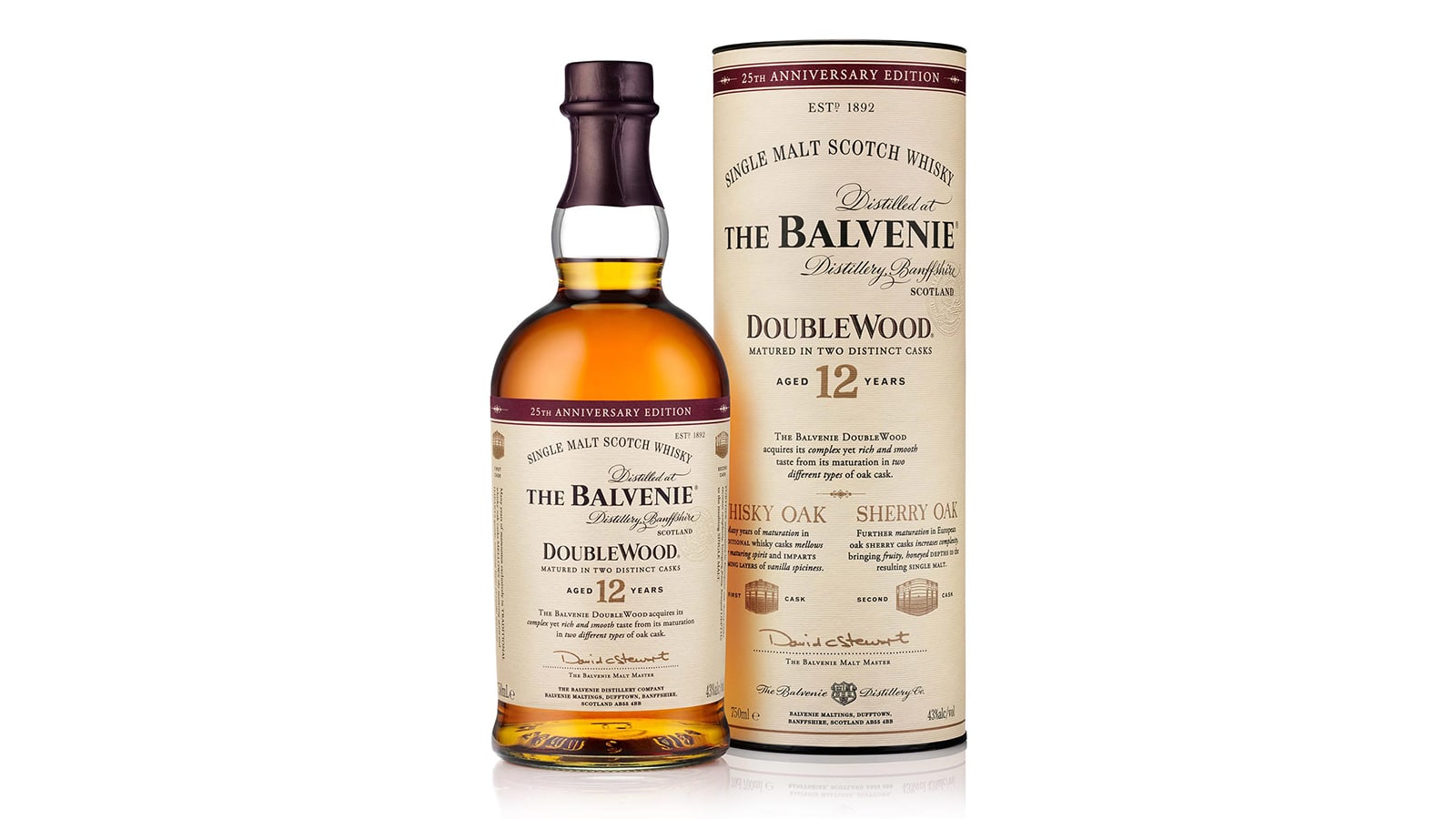
On the bottle there is a fine detail, able to reveal many useful news: the label. Whether it’s big or small, sometimes etched in glass, sometimes double (front and back), sometimes dense with information and sometimes more succinct, the label should give us all the information to understand something more than just the content. It is not always true, but a general smattering can always be useful.
Irish production names its bottles as whiskey; the same applies to the American world. Instead in Scotland, and the rest of the world, we talk about whisky without the “e”; in the case of Scotland the name is expanded with the word Scotch. Single Malt Scotch Whisky guarantees the origin from a single distillery. Some Scottish distilleries add the production area to underline the territoriality of the product.
The number that is often followed by “Years Old” is related to the minimum age of the product. Minimum age because, compared to a mix of several different barrels, the youngest number stated is the one to believe. Example: a whiskey created with three barrels, respectively of 8, 12 and 29 years, will show the words “8 Years Old”, regardless of the aging in the older barrels. It will be the responsibility of the company to report the age of the other barrels, but this is not mandatory. At times, you can find whisky without age: no fear, they are not adulterated or fake products, they are the so-called “No Age Statement”, for which the simple law of the minimum 3 years of aging applies. The producer chooses not to mention the age, which remains unknown: it will be up to our palate to verify the taste and the pleasantness.
On the label, the alcohol content is always reported, which must be at least 40%; under this number we can not speak of whisky. If the gradation is higher, sometimes the companies report the words “Cask Strength” (English world) or “Full Proof” (American world): we are in the presence of products not diluted with water and, therefore, as if they were just extracted from the barrels. Evaporation, however, allows you to have cask strength whisky with lower gradations of that of whisky diluted with water, especially if the former has a certain age.
The word “Un-Chillfiltered” allows us to understand that the whisky has not been cold filtered, as well as the words “un-colored”, or “Without Caramel Added” (or other similar words), explain that no caramel has been added to rectify the color.
In particular cases we also find the indication of the barrels used, or even of the number of the cask/barrels. This often happens for very limited editions, or in the case of independent bottlers who make it a source of pride. In addition we can find the words Single Cask or Single Barrel, which underlines the uniqueness. Another wording is Small Batch, which remains a broader concept: you can go from two barrels up, but still a smaller number than the norm (to give some examples: the independent Cadenhead’s bottler combines two or three barrels for its own Small Batches, while Oban Little Bay does not declare the quantity of barrels used, but certainly they put a lot more barrels together).
It happens, always in special cases, to find the dates of the spirit and bottling, especially when it comes to single casks: the producer wants to emphasize the period of time that the spirit has spent in the barrel.
The combination of barrels meets precise criteria: you can combine casks of malt whisky from the same distillery, different distilleries, or even casks of malt (barley) and wheat (Grain). In the first case, there will be no wordings (it is a common practice), in the second case we will have the Blended Malt Whisky (years ago it was known as Vatted), in the third the Blended Whisky (or Blend). There are also Grain Whiskies: this term refers to whiskies produced with various cereals. In the American world we often meet various words related to the prevailing cereal, or the only cereal used (Rye Whiskey, Corn Whiskey).
We tried to explain the most used terms on the various labels; there is no absolute disciplinary and every manufacturer does its own thing. However, following these guidelines, it will be easier to extricate yourself in this broad and unique world.

